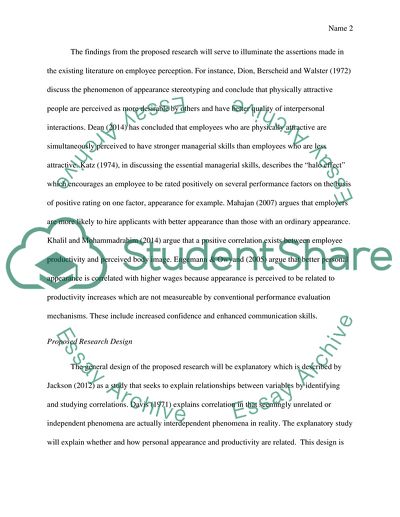Cite this document
(Personal Appearance and Productivity in the Automobile Sales Industry Research Proposal, n.d.)
Personal Appearance and Productivity in the Automobile Sales Industry Research Proposal. Retrieved from https://studentshare.org/marketing/1673160-academic-research-design-personal-appearance-and-productivity
Personal Appearance and Productivity in the Automobile Sales Industry Research Proposal. Retrieved from https://studentshare.org/marketing/1673160-academic-research-design-personal-appearance-and-productivity
(Personal Appearance and Productivity in the Automobile Sales Industry Research Proposal)
Personal Appearance and Productivity in the Automobile Sales Industry Research Proposal. https://studentshare.org/marketing/1673160-academic-research-design-personal-appearance-and-productivity.
Personal Appearance and Productivity in the Automobile Sales Industry Research Proposal. https://studentshare.org/marketing/1673160-academic-research-design-personal-appearance-and-productivity.
“Personal Appearance and Productivity in the Automobile Sales Industry Research Proposal”. https://studentshare.org/marketing/1673160-academic-research-design-personal-appearance-and-productivity.


